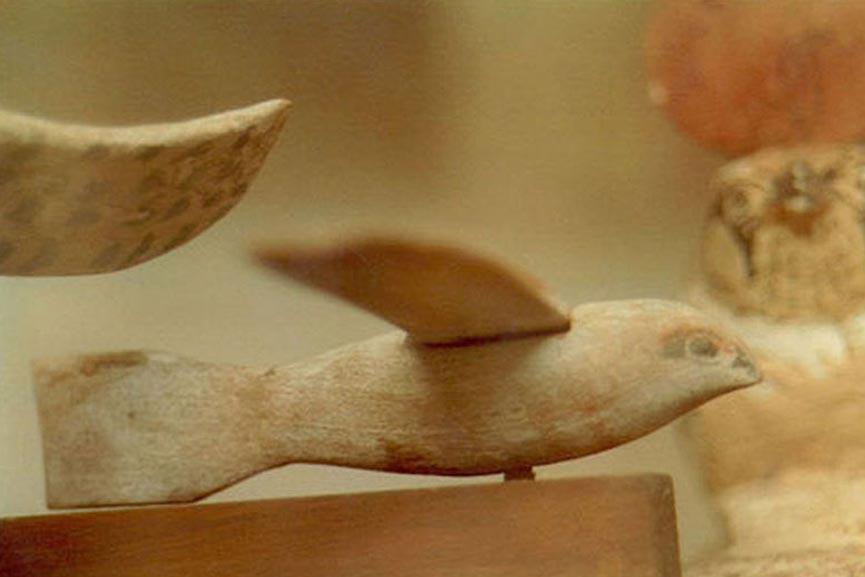Not all artifacts have a clear and concise use or objective. This is why some of them become the subjects of debates and controversies surrounding their purpose. One of those items is the Saqqara Bird, shown in Figure 1, the meaning and function of which are still unclear to this day. Such objects are known as Out of Place Artifacts due to their undefined nature. The following essay will thoroughly review this item, providing theories on its usage and reason for existence.
The item was named after the tomb where it was found, with the latter being built in 200 BC. Said artifact is made of maple wood and cloth with the word meaning “Amon’s gift” written on the latter (Bonasorte, 2018). It is approximately 5.51 inches long, with the wingspan reaching 7.09 inches, weighing no more than 1.41 oz. This is why this item is reminiscent of a glider at first sight.
It is hard to say whether its creator intended to make it resemble a bird, as it does not have any carvings reminiscent of feathers. Nonetheless, it is not an improbable option, as the paint has worn off due to the object’s age (Bonasorte, 2018). The item is similar to a hawk, however, its tail and wings have a rather peculiar shape and it does not have any feet.
Not much is known about the creator of this artifact. However, scientists do have speculations regarding its use and purpose. Some of the theories surrounding the latter involve: a toy, a ritual object or a weather vane to assess the direction of the wind (Bonasorte, 2018). The latter seems more plausible to scientists, as some of the reliefs in the Khonsu Temple hint at the relevance of this thought.
In my opinion, I find the unusual theories surrounding its use as an airplane model to be exaggerated. Scientists enjoy the feeling of a mystery and may sometimes seek a deeper meaning, even when it is non-existent. The object is most likely a severely damaged ritual item. As mentioned earlier, the bird is reminiscent of a hawk. Hawks were used to portraying Horus, the god of war and the sky. Undeniably, some of the deeds of the Egyptians were ahead of their time, but in conclusion, I do not believe that this applies to the Saqqara Bird.

Reference
Bonasorte, M. (2018). The Saqqara bird: Did the ancient Egyptians know how to fly? Ancient Origins | Reconstructing the story of humanity’s past. Web.